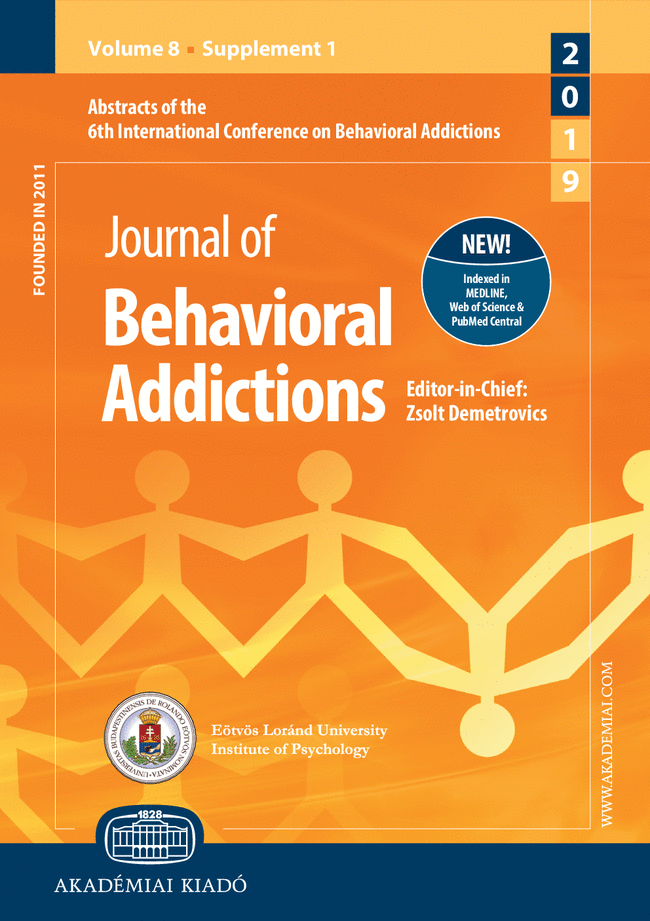Hypersexual behavior in a large online sample: Individual characteristics and signs of coercive sexual behavior
Hypersexual behavior in a large online sample: Individual characteristics and signs of coercive sexual behavior
Author(s): Jannis Engel, Andrea Kessler, Maria Veit, Christopher Sinke, Ivo Heitland, Jonas Kneer, Uwe Hartmann, Tillmann H. C. KrugerSubject(s): Behaviorism
Published by: Akadémiai Kiadó
Keywords: hypersexuality; compulsive sexual behavior disorder; sexual coercion; depressive symptoms; problematic cybersex
Summary/Abstract: Background and aims. Despite the high prevalence of perceived problems relating to symptoms of hypersexual disorder (HD), important aspects remain underinvestigated. This study examines symptoms of depression, symptoms of problematic cybersex, and coercive sexual behavior in a large online sample from a German-speaking population. Methods. In an online survey, N = 1,194 (n = 564 women) participated in this study and completed measures including self-report questionnaires to assess depressive symptoms (PHQ-9), HD (HBI-19), symptoms of problematic cybersex (s-IATsex), as well as questions characterizing participants sexually, including fantasies and actual sexual coercive behaviors. Results. Men reported increased levels of HD symptom severity, pornography consumption, masturbation, and partnered sexual activity. Moreover, 59% of men and 18% of women reported fantasies of sexual coercion, whereas 21% of men and 4% of women reported acts of sexual coercion. Moderated regression analyses showed that symptoms of depression as well as sexual coercive fantasies and behaviors were associated with levels of HD symptom severity. Problematic cybersex, total sexual outlet (TSO), pornography consumption, and number of sexual partners were also associated with HD symptom severity. Interaction effects indicated that, in women, the connection of TSO as well as pornography was more strongly associated with levels of HD symptom severity than in men. Conclusions.This survey indicated that levels of HD symptom severity are often associated with severe intra- and interpersonal difficulties. Furthermore, the amount of sexual activity seems to be more strongly connected to levels of HD symptom severity in women than in men.
Journal: Journal of Behavioral Addictions
- Issue Year: 8/2019
- Issue No: 2
- Page Range: 213-222
- Page Count: 10
- Language: English

